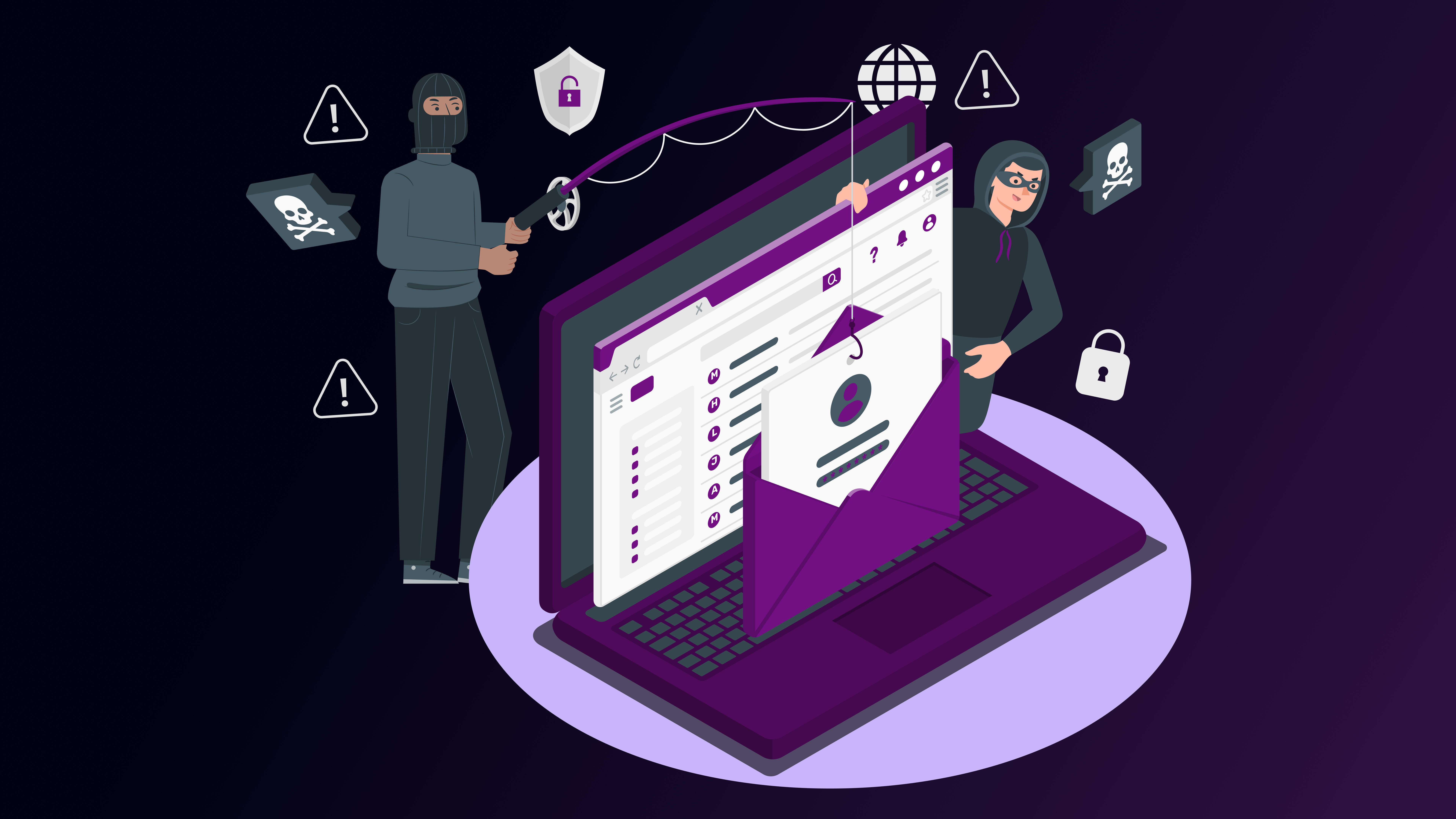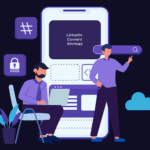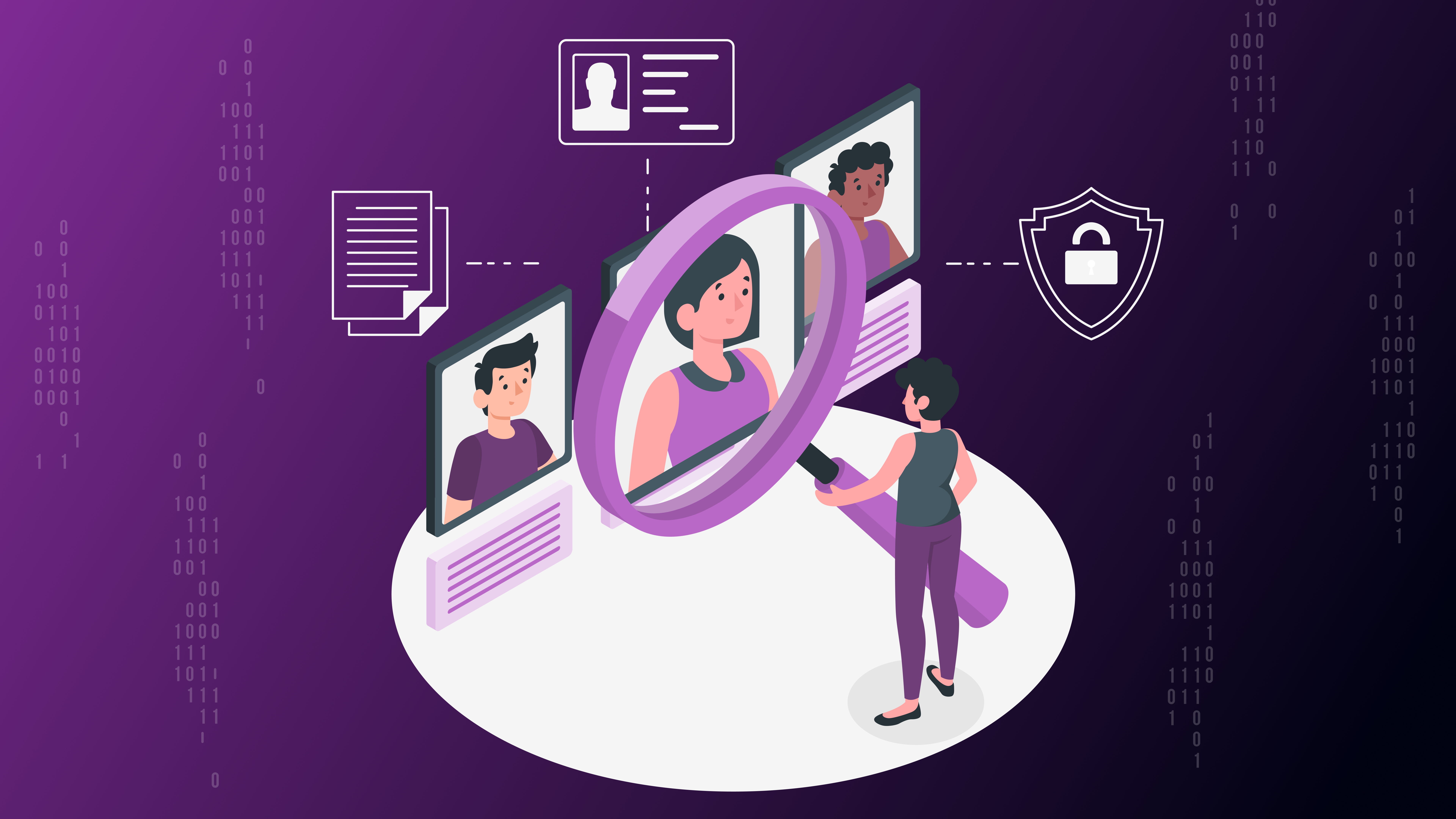Many startup founders and business owners believe that staying active on LinkedIn is the key to business growth. They post regular updates, share client wins, comment on industry trends, and even run the occasional ad. But despite all their effort, the desired business growth often doesn’t follow.
The problem lies in two common fallacies:
First, many believe that simply posting on LinkedIn consistently, without laying the groundwork in terms of strategy, audience research, and content planning, is enough to get their business noticed and generate leads. While visibility on LinkedIn is important, it’s not enough to convert engagement into growth. Without a deeper understanding of your audience and a clear, strategic plan, these posts often go unnoticed or fail to resonate with potential customers.
Second, there’s the belief that LinkedIn alone is sufficient to build your brand and drive business. It’s easy to assume that by posting regularly on this professional network, your brand will get discovered and your business will grow organically. But this kind of thinking ignores the reality of multi-channel marketing. LinkedIn is a great platform, but it’s just one piece of the puzzle.
The truth is, visibility alone doesn’t lead to growth. Digital marketing is about much more than showing up online; it’s about crafting a compelling brand, engaging in meaningful communication, guiding your audience through their journey, and converting them into loyal customers. It’s about using multiple platforms, not just LinkedIn, to strategically execute your message and reach a wider audience.
In this blog, we’ll explore why digital marketing is far more than posting updates on LinkedIn and even if you’re using just LinkedIn for your business, how to use it more efficiently. We’ll break down the strategic elements that most business owners overlook and how you can move beyond surface-level tactics to build a marketing & linked content strategy that gets you right in front of your audience.
The Illusion of Activity: Why Just Posting on LinkedIn Isn’t Enough
The two fallacies we mentioned are widespread in the B2B space, particularly among business owners who don’t have the time or the expertise to fully understand the nuances of digital marketing. They rely on LinkedIn as their primary tool for visibility, posting updates and engaging with the platform as a way to keep their brand in the public eye. However, this leads to an illusion of activity, where they believe that simply posting content — whether or not it resonates with their audience — is enough to drive growth.
In reality, just posting on LinkedIn consistently doesn’t guarantee meaningful engagement or business results. For many business owners, seeing even a small amount of engagement, like a few likes or comments, becomes a sign that they’re doing something right. They consider any engagement as good for their profile, mistakenly assuming that these small wins translate into growth. This can create a false sense of accomplishment, where they believe the more they post, the more their business will be recognized and attract leads.
However, this approach is often reactive rather than strategic. In their desperation to achieve engagement, many business owners start wandering around with content that doesn’t truly resonate with their audience.
They may post generic updates that talk about their product, service, or company milestones without considering whether these messages align with the actual needs, pain points, or questions of their target audience. This lack of targeted communication not only reduces engagement but also misses the mark in converting interactions into business opportunities.
The key issue here is that content needs to be relevant to your audience’s needs and stage in the buyer journey. Posting content just for the sake of activity won’t generate leads if it doesn’t solve a problem, spark curiosity, or drive meaningful interaction. Without understanding your audience’s challenges, goals, and motivations, your content will struggle to create the kind of engagement that actually leads to business growth.
Next, we’ll explore why using LinkedIn in isolation may leave your business stuck in the same place, unable to achieve real growth. It’s time to think beyond the confines of just one platform and embrace a more integrated approach to digital marketing.

Why LinkedIn as a Standalone Platform is Not Sufficient for Marketing?
LinkedIn is undoubtedly a powerful tool for B2B marketing, offering a platform to build professional connections, establish thought leadership, and share business updates. However, relying on LinkedIn as the sole platform for your marketing strategy limits your reach and potential for growth.
While it excels in certain areas, such as networking and brand visibility within a professional environment, it does not offer the full spectrum of tools needed to drive business growth.
Limited Reach and Audience Segmentation
One of the primary drawbacks of relying solely on LinkedIn is that its user base is limited to professionals. Although LinkedIn has millions of users, this audience is still confined to those within the professional sphere, particularly in B2B industries. By focusing only on LinkedIn, you’re missing the opportunity to reach potential customers who may not be active on the platform or may be engaging with your competitors elsewhere.
Additionally, LinkedIn’s targeting is still limited compared to other platforms like Google Ads or Facebook, which allow for a more granular, multi-dimensional audience segmentation. For businesses trying to capture the attention of a very specific group, relying solely on LinkedIn can mean missing out on more diverse audiences who are ready to engage on other platforms.
Platform Dependency and Risk
Another risk of relying solely on LinkedIn is the platform dependency it creates. If LinkedIn changes its algorithm, policies, or features, your marketing strategy can be disrupted. For example, changes in how posts are ranked or how content is displayed could affect how visible your updates are, making your business reliant on something outside your control. Diversifying your digital marketing efforts across multiple platforms reduces this risk and ensures your business is not overly dependent on a single platform.
Missed Opportunities for Engagement and Conversions
LinkedIn also doesn’t allow for the full range of marketing strategies that other platforms offer. While LinkedIn is great for connecting with professionals, it lacks the capacity for more in-depth lead nurturing that can be done through email marketing or long-form content on your website. Platforms like Google or your blog provide opportunities to create detailed, personalized content that speaks directly to a visitor’s needs, further down the funnel.
A Narrow Focus on One Channel
Lastly, LinkedIn limits your ability to create a multi-channel experience for your audience. A strong digital marketing strategy today relies on reaching your audience across multiple touchpoints – be it through SEO, Google Ads, content marketing, or email marketing. When used in isolation, LinkedIn simply doesn’t provide the breadth of interaction and engagement necessary to convert visitors into customers over the long term.
What are the Core Elements of a Comprehensive Digital Marketing Strategy?
To move beyond the limitations of LinkedIn and truly scale your business, you need a comprehensive digital marketing strategy that integrates multiple channels and tactics. Digital marketing today isn’t just about posting updates or running ads on a single platform.
A robust strategy pulls together several key components, working harmoniously to boost visibility, engage prospects, and convert leads into loyal customers.
1. Aligning LinkedIn Efforts with SEO to Drive Organic Traffic
While LinkedIn is valuable for professional networking and engagement, it must be integrated into a broader strategy that includes SEO.
Optimizing your content with relevant keywords helps improve your LinkedIn visibility, but pairing it with strong SEO practices means you also drive organic traffic to your website.
SEO ensures that your site ranks high on search engines, bringing in prospects who are actively searching for solutions like yours. When your LinkedIn content strategy aligns with SEO goals, you increase your chances of driving traffic and converting those visitors into leads.
2. How YouTube and Video Content Nurture Leads Through Their Journey
YouTube and video content are powerful tools in nurturing leads through their buyer journey. Video allows you to explain complex products or services in an engaging way, whether through explainer videos, product demos, or client testimonials. We have explained in one of our blogs, how LinkedIn & YouTube make the perfect combination for a cybersecurity content marketing strategy.
Video content builds trust, clarifies value propositions, and directly addresses questions or concerns, helping prospects move further down the sales funnel.
Studies show that 72% of customers prefer learning about a product or service via video (source: Wyzowl), making video one of the most effective ways to drive engagement and conversions. By incorporating video into your strategy, you provide content that not only informs but also creates an emotional connection, ultimately boosting lead conversion.
But… Even if you were to use LinkedIn alone, just posting content twice or thrice every week won’t make much difference. For that, let’s explore some aspects of LinkedIn that are crucial for business growth

How to use LinkedIn for business growth?
While posting regularly on LinkedIn is important, it’s just one piece of the puzzle when it comes to growing your presence and generating business. To truly leverage LinkedIn, there are several other crucial aspects to consider:
1. Profile Optimization
Your LinkedIn profile is often the first impression potential clients and partners will have of you. An optimized profile goes beyond listing your job title.
It should clearly communicate your value proposition, showcase your expertise, and present your business in a way that resonates with your target audience.
It’s essential to have a compelling headline, an engaging summary, and detailed work experience that highlights how you solve problems for your audience.
2. Target Audience Identification
Identifying your ideal customer profile (ICP) on LinkedIn is key to your growth strategy. You need to know who you’re speaking to and where to find them.
LinkedIn allows you to filter your audience by job title, company size, industry, and more. This segmentation helps ensure that your posts, engagement efforts, and outreach are focused on the right people, not just anyone in your network.
3. Warm Outreach
Instead of cold messaging, which is often ignored, focus on warm outreach. Engage with your connections and build relationships by commenting on their posts, sharing valuable content, or simply initiating genuine conversations.
Once trust is built through engagement, your outreach efforts will be much more likely to result in meaningful conversations.
4. Commenting for Engagement
Commenting on relevant posts – not just posting your own – is a powerful way to increase visibility and connect with like-minded professionals.
Thoughtful, insightful comments can spark conversations, expand your network, and create opportunities to showcase your expertise. This engagement strategy is far more effective in building relationships than just posting content and hoping for engagement.
5. Not Being Too Salesy
One of the biggest mistakes on LinkedIn is being overly sales-driven in every interaction. While it’s important to promote your services, your posts and interactions should focus on providing value, offering insights, and positioning your brand as a helpful resource.
Building trust should come before any sales pitch, ensuring that when you do present your offering, prospects are already primed and willing to listen.
And this is where we should end this note. Not that it’s got too long, but it has probably served its purpose.
To tell you that just posting content on LinkedIn isn’t digital marketing.
It’s much more – better context to be added on LinkedIn itself, and more platforms to be paired along with LinkedIn.
Connect with us if you also face issues with your LinkedIn Content or overall Content Marketing.





